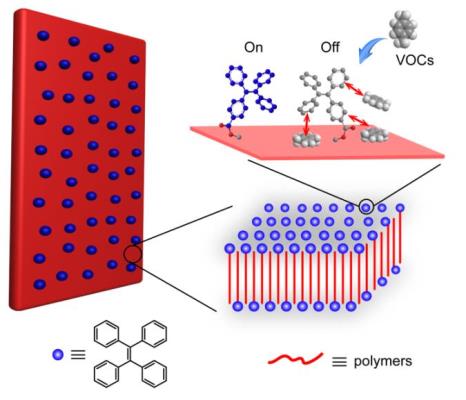
Guodong Liang
Sun Yat-sen University, China
Title: Sticky nanopads of crystallizable fluorescent polymers for rapid and sensitive detection of organic pollutants in water
Biography
Biography: Guodong Liang
Abstract
Detection of organic pollutants in aqueous media is crucial for ensuring quality and safety of water resource. Conventional detection methods suffer from bulky and expensive devices, as well as time-consuming procedures. Herein, we construct a type of sticky nanopads of crystallizable fluorescent polymers for facile detection of toxic pollutants in water. The nanopads with thickness of approximately 6.3 nm are comprised of a single layer of crystalline polymers with surface-enriched chromophores showing aggregation-induced emission (AIE) characteristics (Figure 1). The sticky nanopads are inclined to absorb organic pollutants in water through diverse interactions including hydrophobic, and π-π interaction. The stuck organic pollutants on the surface of nanopads subsequently quench the fluorescence emission of the chromophores. The sticky nanopads allow rapid detection of organic pollutants in the order of seconds at a concentration as low as 7 ug/L, by far quicker and more sensitive than existed fluorescent materials in literatures. The sticky nanopads of crystallizable fluorescent polymers offer a new access to rapid and sensitive detection of organic pollutants in water.

Schematic illustration of sticky nanopads of crystallisable fluorescent polymers for sensing VOCs.

